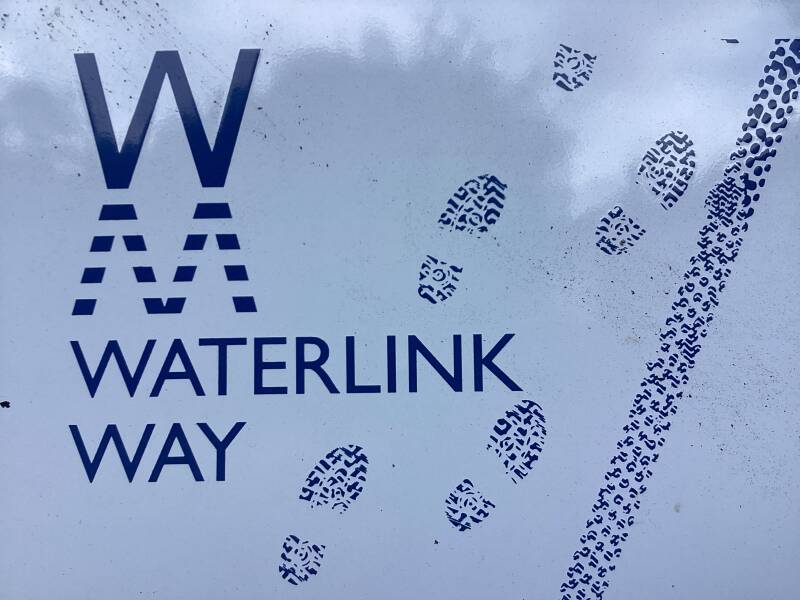GROVE PARK - DOWNHAM (and on to CATFORD) - SOUTHEND (and on to CATFORD)- BELLINGHAM - WATERLINK WAY (rivers POOL and RAVENSBOURNE path) to LEWISHAM & DEPTFORD

GROVE PARK


ST.AGUSTINE’s Church
ARMY
LEISURE CENTRE. Herbert Morrison, local MP

BARING HALL
DOWNHAM
Even by the standards of the house-building boom of the immediate post-Second World War decades, the construction by the London County Council (LCC) of the Downham estate in South-East London between the wars was a remarkable achievement. Although the fabric and appearance of the estate has changed considerably since then, the observer of today is struck by the same sense of scale and shared vernacular style that planners, builders and early residents must have felt when the estate sprang up, in a relatively short span of years, from a pristine 'green field' site in the 1920s.
The Downham estate, like others built at the time, was developed to help alleviate a severe housing shortage in London, especially in the capital's inner-city districts. This shortage was in evidence before 1914 and was made much worse by the virtual cessation of house-building during the First World War.
However, it would be wrong to assume that the estate was planned and constructed simply as a numerical solution to the problem of overcrowding. It was also conceived as a living space which would provide citizens with a quality of life beyond the wildest dreams of those who had experienced the slums and sub-standard housing of Victorian and Edwardian London.
Site of SOUTHEND HAMLET
Site of SOUTHEND HALL (FORSTER’s family), later film studios
the house, it was demolished after World War 2 and Whitefoot Lane was straightened – it was replaced by post war former council flats, Langthorne Court, which are now managed by Phoenix Housing, who are based on the neighbouring site of the former Green Man pub.
ST. JOHN THE BAPTIST
the most notable item is the table tomb by Cecil Thomas, 1923, in the north chancel aisle to John and Alfred Forster who were killed in the First World War: on it lies the recumbent bronze figure of Alfred. Monuments from the old chapel have also been installed in this aisle, including that to John Forster (d 1834), the founder of the chapel, with his bust in a niche, and his wife Elizabeth (d 1837).
the small and charming old chapel (now church hall) to the south of the church dates from 1824 and has a Tuscan porch.
HISTORY: a chapel of ease was built and endowed in 1824 by John Forster immediately to the south of the present church. An enormous new estate was built by the London County Council in the 1920s and a new larger church was required. The foundation stone was laid on 17 July 1926 by Lord Forster, a descendant of the original founder. The church was reordered in 1977 when the altar was placed in the crossing. In due course this was found not to be a successful arrangement and c.2006 the altar was returned to the east end.
PETER PAN’s PARK
FOSTERS’ MEMORIAL PARK
The land where the park now stands was donated by H.W. Forster, first MP for Bromley and later Governor-General of Australia. The Forster family had lived at Southend Hall from the early 19th century (now demolished, but located near the junction of Bromley Road and Whitefoot Lane) and had a large estate covering what was then a rural outpost of London in the county of Kent. The land for the park was donated in memory of H.W. Forster’s two sons, Alfred and John Forster, who died in World War I, and was formally opened by his daughter in 1922. The park was expanded again in 1937, when further land to the north was bought from the Forster Estate Company.
THE EXCALIBUR ESTATE
The Excalibur Estate was a post-war 1940s housing estate of 189 prefabricated houses in Catford, South London. The estate contained the last sizeable collection of post-war prefabricated houses in the United Kingdom. In 2011, Lewisham Council approved a plan to replace the prefabs with 371 houses, with demolition scheduled to begin in 2013. English Heritage has granted listed building status to six of the "prefab" houses.[1] The proposed demolition led to campaigns by residents, English Heritage and the Twentieth Century Society to save the properties,[2] with an unsuccessful legal challenge to prevent redevelopment, and a return to parkland, if they were demolished.[3] Apart from the six with Grade II listing, all the buildings are due for demolition, and the redeveloped estate completed, by the mid/late 2020s. The streets on the estate are named after characters from Arthurian legend. The precise reason for these street names is unknown
ST.MARK’s Church
This building originally consisted of two huts, constructed on site in the conventional manner with a sheet-metal barrelled roof, similar to an Anderson shelter.